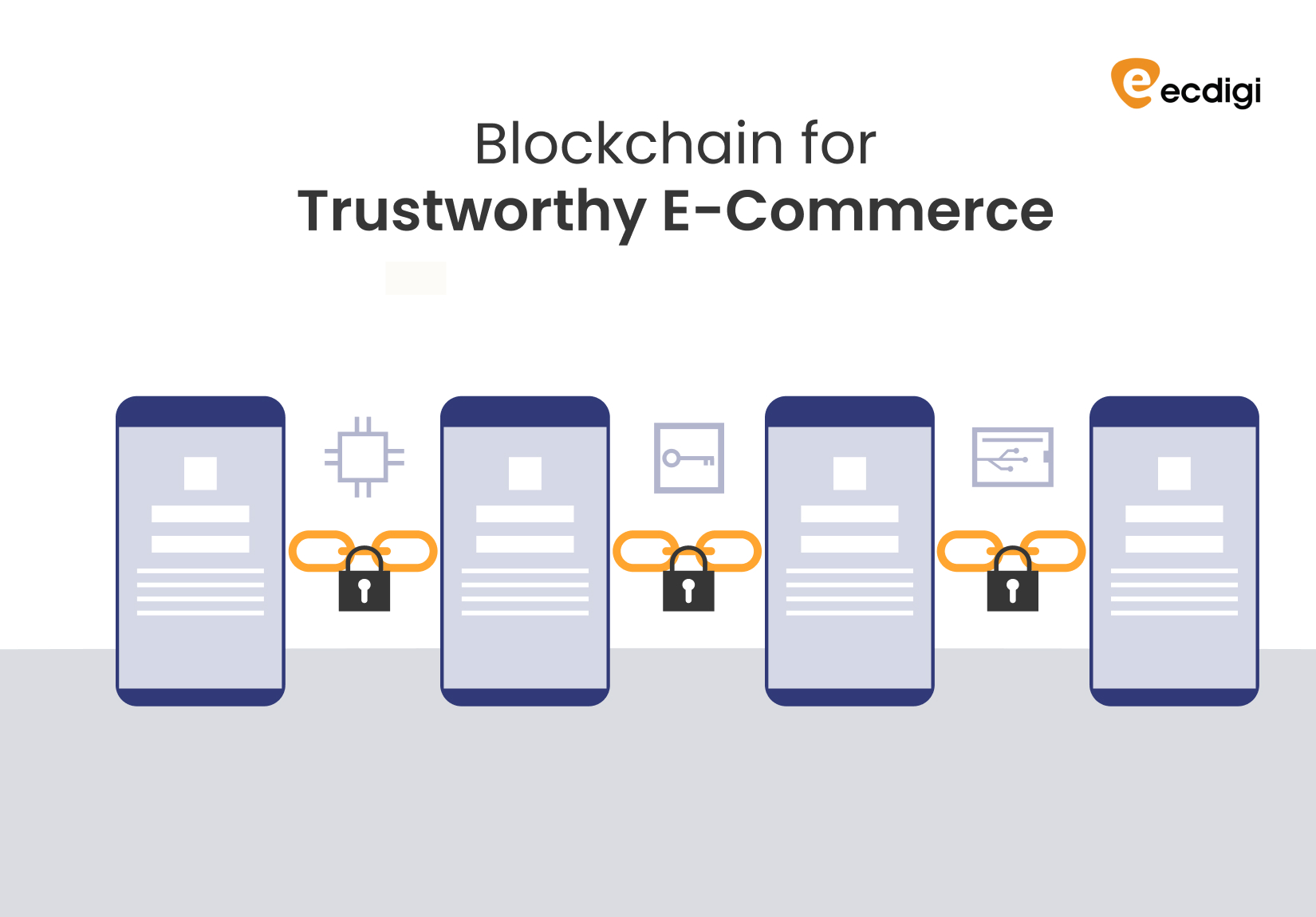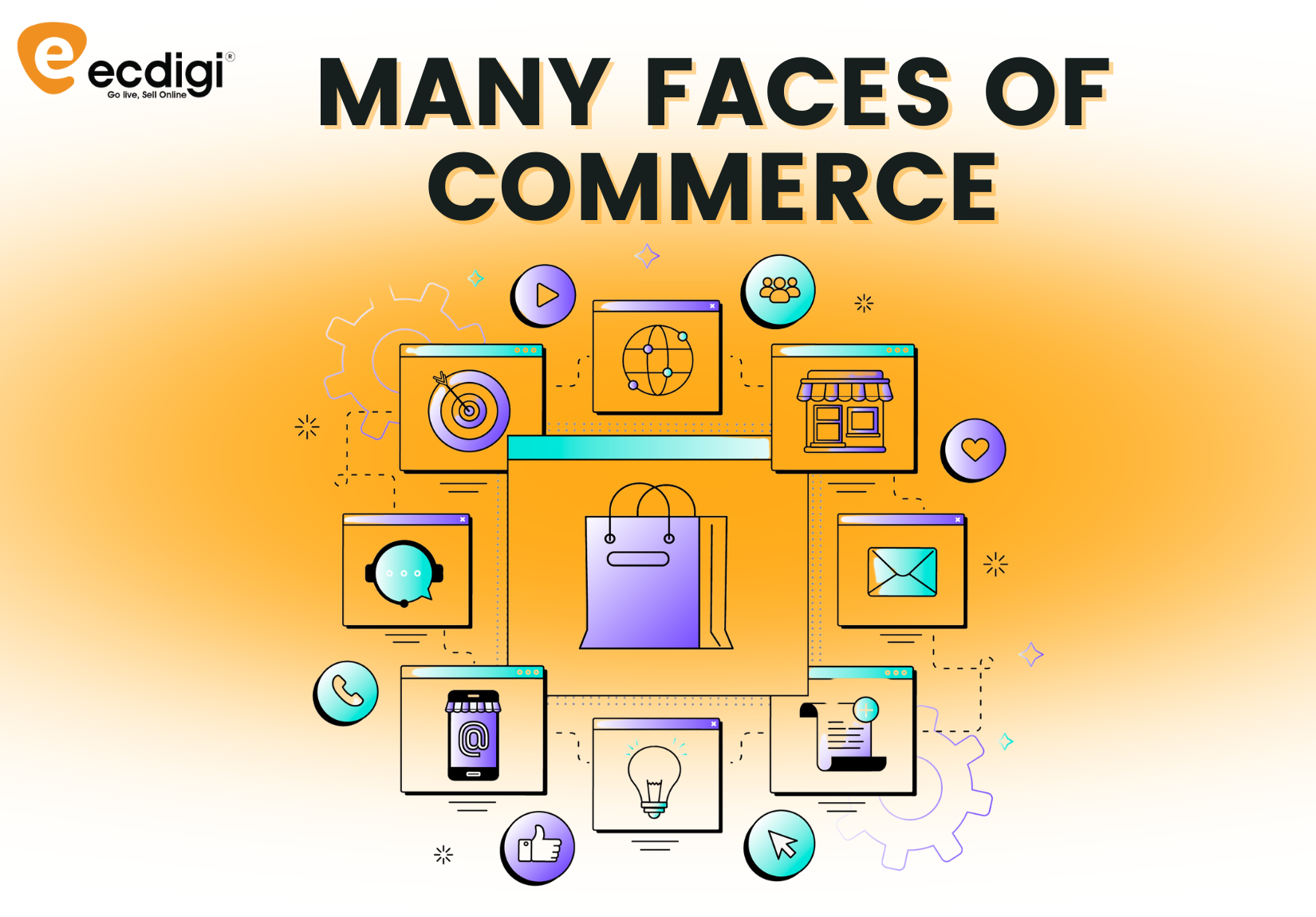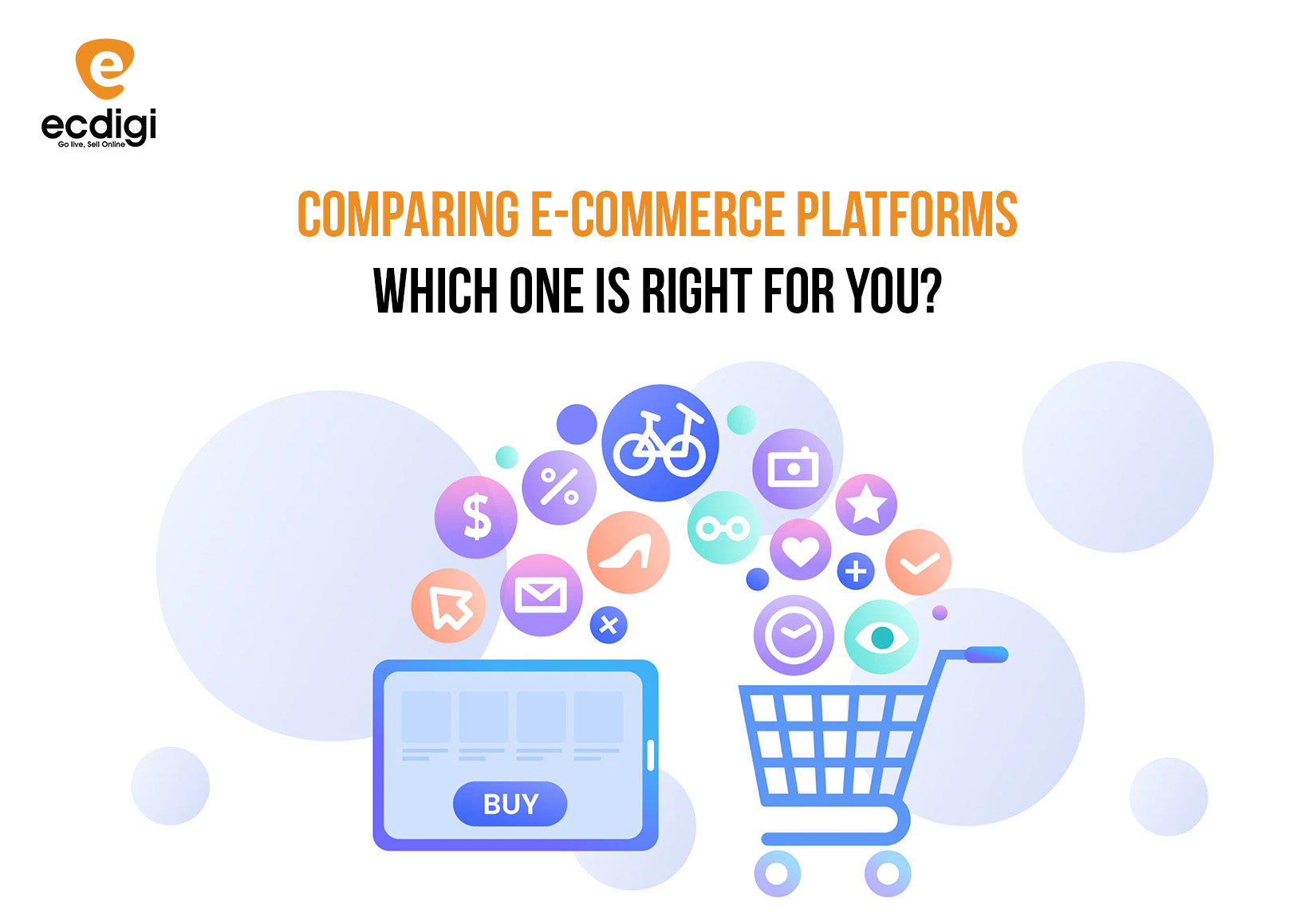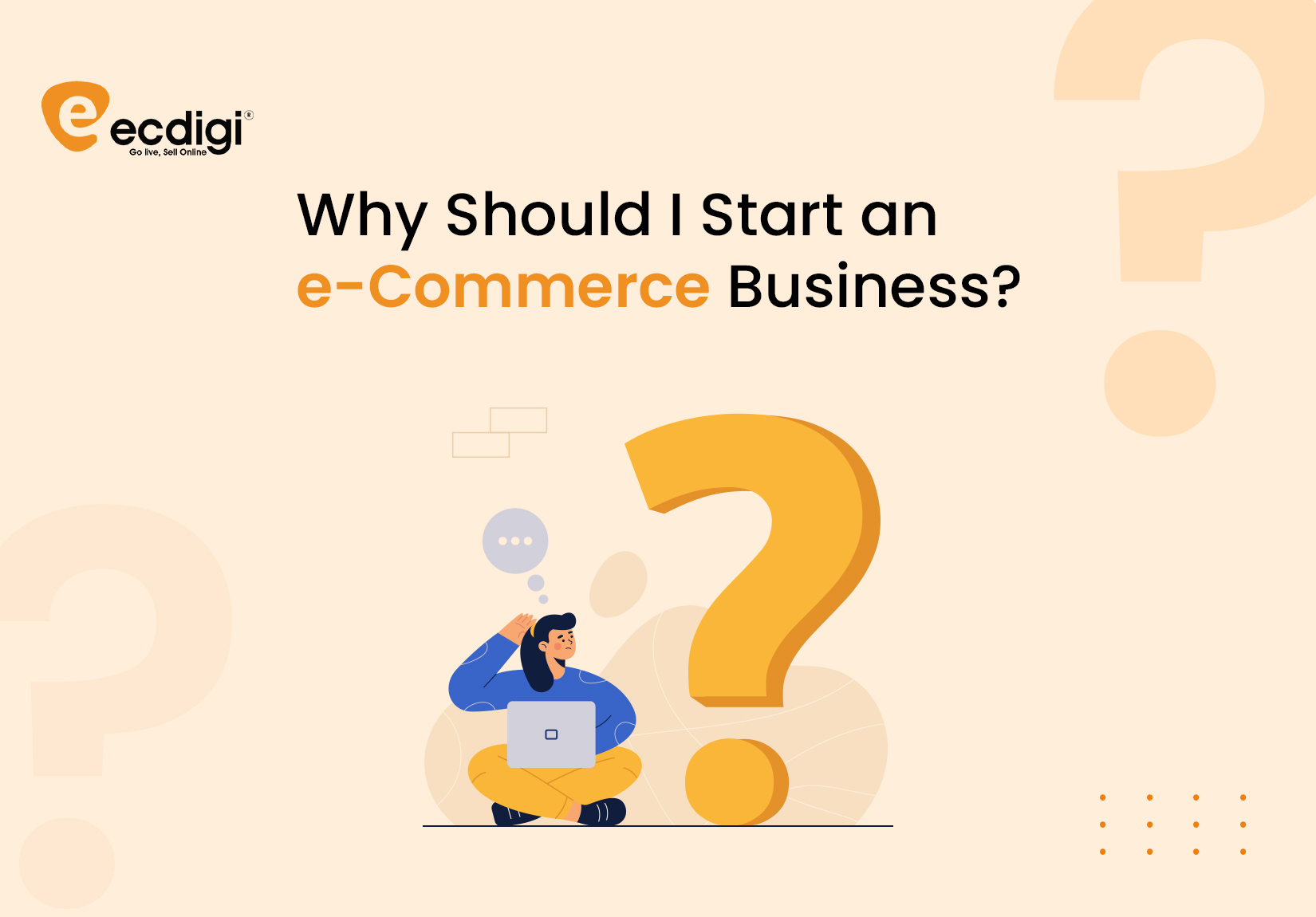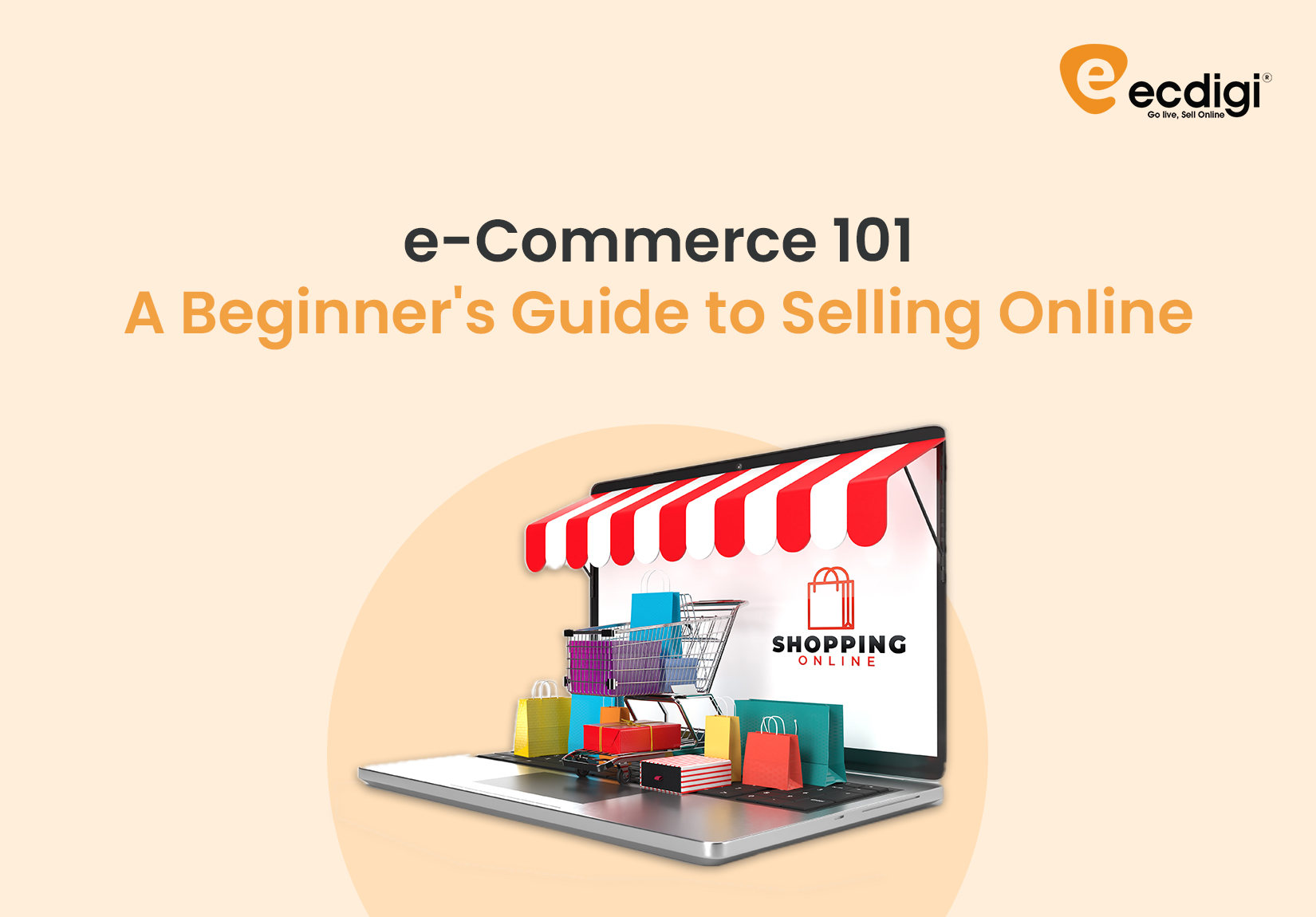What is e-Commerce?
e-Commerce FAQ | 29 July, 2024
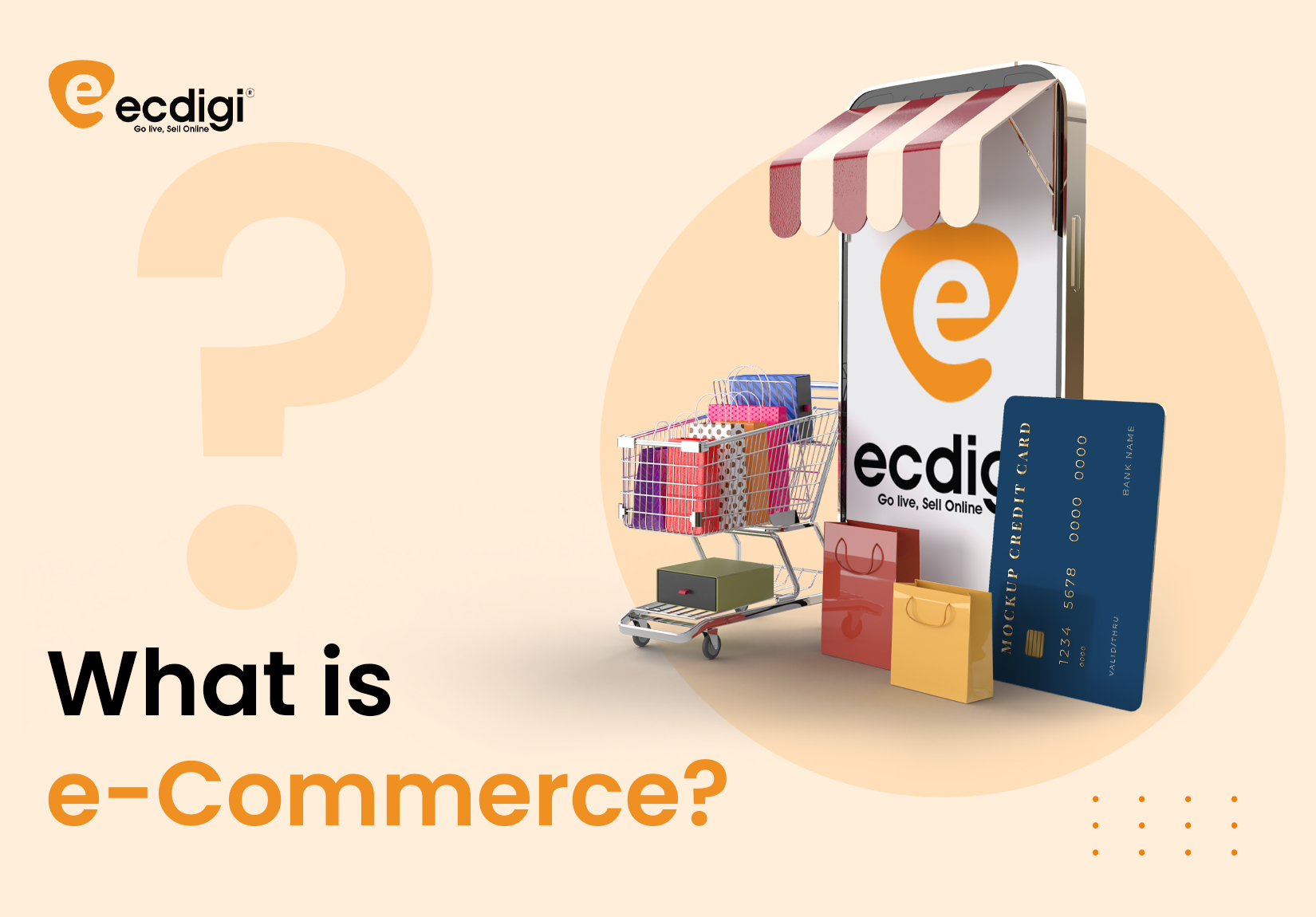
e-Commerce, short for electronic commerce, has revolutionized the way we buy and sell goods and services. It encompasses a wide range of transactions conducted over the internet, from retail sales to business-to-business exchanges. Understanding what e-Commerce is and how it works is fundamental for anyone looking to enter this dynamic field. This article explores the basics of e-Commerce, its various forms, and the benefits it offers.
The Basics of e-Commerce
e-Commerce involves the electronic transaction of goods and services between businesses, consumers, or a combination of both. These transactions are facilitated through online platforms, websites, or mobile applications. The most common example of e-Commerce is online shopping, where consumers purchase products from online stores.
Key Components of e-Commerce
-
 Online Storefronts: These are websites or platforms where businesses display their products or services. They serve as the virtual equivalent of physical stores.
Online Storefronts: These are websites or platforms where businesses display their products or services. They serve as the virtual equivalent of physical stores.
-
 Shopping Cart Systems: These allow customers to select and store products they wish to purchase. The system calculates the total cost, including taxes and shipping.
Shopping Cart Systems: These allow customers to select and store products they wish to purchase. The system calculates the total cost, including taxes and shipping.
-
 Payment Gateways: These secure systems process payments from customers, ensuring that transactions are safe and funds are transferred appropriately.
Payment Gateways: These secure systems process payments from customers, ensuring that transactions are safe and funds are transferred appropriately.
-
 Order Fulfillment: This includes the processes of packaging, shipping, and delivering products to customers. It also encompasses inventory management and logistics.
Order Fulfillment: This includes the processes of packaging, shipping, and delivering products to customers. It also encompasses inventory management and logistics.
-
 Customer Service: Providing support to customers before, during, and after the purchase to ensure a smooth shopping experience and build customer loyalty.
Customer Service: Providing support to customers before, during, and after the purchase to ensure a smooth shopping experience and build customer loyalty.
Types of e-Commerce
e-Commerce can be categorized into several types based on the parties involved in the transactions. Understanding these types helps businesses identify their target audience and tailor their strategies accordingly.
1. Business-to-Consumer (B2C)
B2C e-Commerce is the most common type and involves transactions between businesses and individual consumers. Examples include online retail stores like Amazon, where customers can purchase a wide variety of products directly from sellers.
2. Business-to-Business (B2B)
In B2B e-Commerce, transactions occur between businesses. This can include wholesale distributors selling to retailers or manufacturers providing products to other companies. B2B platforms often deal with larger order volumes and more complex logistics compared to B2C.
3. Consumer-to-Consumer (C2C)
C2C e-Commerce involves transactions between individual consumers. Platforms like eBay and Craigslist facilitate these interactions, allowing individuals to buy and sell items directly to each other.
4. Consumer-to-Business (C2B)
In C2B e-Commerce, individuals sell products or services to businesses. This can include freelancers offering their skills on platforms like Upwork or photographers selling their photos to companies.
5. Business-to-Government (B2G)
B2G e-Commerce involves transactions between businesses and government entities. This can include companies providing products or services to government agencies through online procurement platforms.
Types of e-Commerce
e-Commerce offers numerous advantages that make it an attractive option for both businesses and consumers. Here are some key benefits:
1. Global Reach
e-Commerce allows businesses to reach a global audience without the limitations of geographical boundaries. This significantly expands the potential customer base and opens up new markets.
2. Lower Operational Costs
Operating an online store generally costs less than maintaining a physical storefront. Expenses such as rent, utilities, and in-store staff can be reduced or eliminated. Additionally, e-Commerce platforms often provide affordable solutions for hosting and managing online stores.
3. Convenience and Accessibility
e-Commerce provides unparalleled convenience for consumers. They can shop from the comfort of their homes at any time, without the constraints of store hours. This 24/7 availability caters to the modern consumer’s busy lifestyle and increases the likelihood of making a sale.
4. Data and Analytics
Online platforms offer valuable insights into customer behavior and preferences through data and analytics. Businesses can track metrics such as website traffic, conversion rates, and customer demographics. This data-driven approach allows for more effective marketing strategies and personalized customer experiences.
5. Personalization
e-Commerce enables businesses to personalize the shopping experience for each customer. Through targeted marketing, personalized product recommendations, and tailored promotions, businesses can enhance customer satisfaction and increase sales.
6. Scalability
e-Commerce platforms are highly scalable, allowing businesses to grow without the constraints of physical space. As demand increases, businesses can easily add new products, expand their inventory, and reach new customers without significant infrastructure changes.
Challenges of e-Commerce
While e-Commerce offers many benefits, it also comes with its own set of challenges:
1. Security Concerns
Ensuring the security of online transactions and protecting customer data is crucial. Businesses must invest in secure payment gateways and implement robust cybersecurity measures to prevent data breaches and build customer trust.
2. Competition
The e-Commerce market is highly competitive, with numerous businesses vying for the attention of online shoppers. Standing out requires effective marketing strategies, high-quality products, and excellent customer service.
3. Logistics and Fulfillment
Managing logistics, inventory, and order fulfillment can be complex, especially for businesses dealing with large volumes of orders. Efficient supply chain management is essential to ensure timely delivery and customer satisfaction.
4. Technology Dependence
e-Commerce relies heavily on technology, and technical issues can disrupt operations. Businesses must ensure their websites and platforms are reliable, user-friendly, and regularly updated to prevent downtime and technical glitches.
Conclusion
e-Commerce is a dynamic and rapidly evolving field that offers immense opportunities for businesses and consumers alike. By understanding the basics of e-Commerce, its various forms, and the benefits it provides, businesses can harness its potential to reach a wider audience, reduce costs, and enhance customer experiences. Despite the challenges, the advantages of e-Commerce make it an essential component of modern business strategies. Whether you're a budding entrepreneur or an established business, embracing e-Commerce can lead to significant growth and success in today’s digital age.






